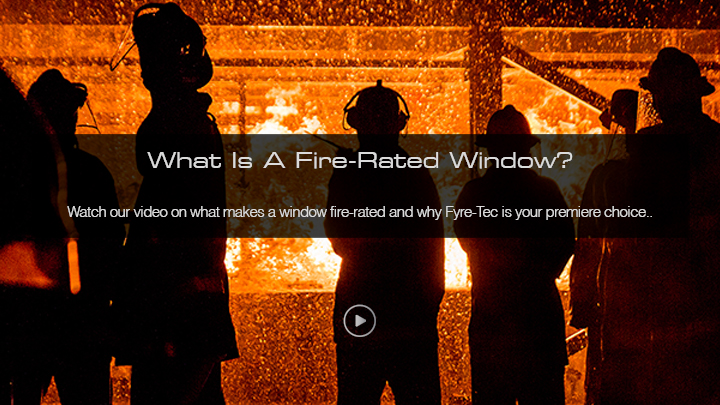What Is A Fire-Rated Window
Fyre-Tec - Steel WindowsA Fire-Rated Window is a tested window assembly that has proven to offer a certain degree of protection in the face of fire. That may sound like a strange task for a window and it's glass to perform.
Obviously, neither can extinguish a fire or warn a building's occupants that there's any danger. But a tested fire-rated window assembly can keep flames and smoke from spreading from one room to another. The official term for this is compartmentation, and it means that a window and it's glazing can play a vital role in restricting fire damage to a limited area.
To the casual observer, it would seem that any glazed assembly could potentially do that.. After all, fire-rated glass looks deceptively similar to its non-rated counterparts. However, in reality, most glass offers little, if any, fire protection. For instance, standard window glass will break when the temperature reaches approximately 250° F.
Tempered glass can last until about 500°F. In contrast, fire-rated glass can typically survive heat in excess of 1600° F. That's a marked difference in performance. With structural fires capable of reaching extremely high temperatures very quickly, the need for this specialty glass is easy to recognize.
